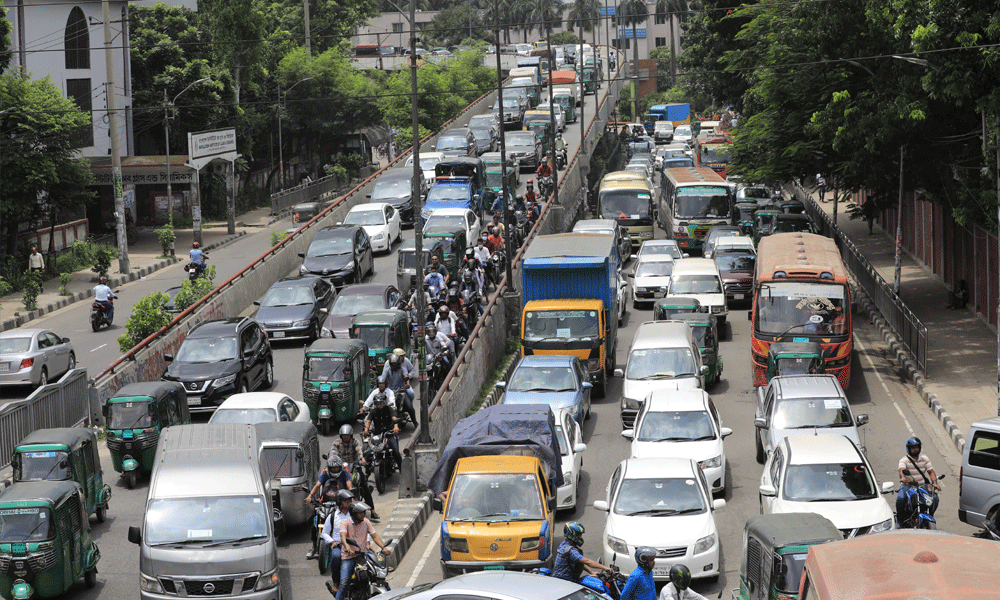Tuas Checkpoint, a bustling gateway between Singapore and Malaysia, presents a unique challenge for commuters and travellers alike. With its ever-changing traffic patterns and unpredictable congestion, navigating this vital crossing point often becomes a test of decision-making skills. Should you rely on your instincts, honed through years of experience, or place your faith in the latest traffic recommendations?
Shaped by countless journeys and personal experiences, it can be a powerful tool when facing traffic challenges. At Tuas Checkpoint, seasoned commuters often develop a sixth sense for predicting bottlenecks and finding the path of least resistance. This intuitive knowledge encompasses factors that may not always be captured by traffic apps or official recommendations, such as subtle changes in weather patterns, local events, or even the behaviour of fellow drivers.
Promise of custom traffic recommendations
These systems analyse real-time information from various sources, including GPS data from thousands of vehicles, traffic cameras, and official reports. At Tuas Checkpoint, such recommendations can offer insights into queue lengths and immigration processing times and suggest alternative routes or optimal travel times.
These recommendations’ power lies in processing and synthesising information far beyond the scope of individual perception. They can account for factors invisible to the naked eye, such as sudden changes in border policies or coordinated traffic management efforts between Singapore and Malaysia.
Finding the balance
The key to mastering Tuas Checkpoint navigation is to balance trusting your instincts and heeding custom traffic recommendations.
-
Consider the time of day
During peak hours, when traffic patterns at Tuas Checkpoint are more predictable, custom recommendations often prove highly reliable. The sheer volume of data available during these times enhances the accuracy of traffic predictions. However, during off-peak hours or unusual circumstances, your instincts might pick up on subtle cues that automated systems miss.

-
Assess the reliability of your source
Not all traffic recommendations are created equal. Official sources, such as the Singapore Land Transport Authority (LTA) or Immigration & Checkpoints Authority (ICA), often provide the most reliable and up-to-date information specific to Tuas Checkpoint. These organisations have access to data and can quickly adapt their recommendations based on sudden changes or emergencies.
-
Factor in your circumstances
The unique situation is crucial in deciding whether to trust your instincts or follow recommendations. Following official guidance might be the safest bet if you’re under time pressure, such as catching a flight or attending an important meeting. Conversely, if you have a flexible schedule, trusting your instincts and exploring alternative routes could lead to a more efficient crossing.
-
Combine both approaches
The most effective strategy often involves using custom traffic recommendations as a starting point and then applying your instincts to fine-tune your approach. For instance, if an app suggests a particular lane at Tuas Checkpoint, use your judgment to assess whether the recommendation aligns with what you observe on the ground.
-
Stay informed and adaptable
Whether you lean towards instinct or a recommendation, staying informed about current events, weather conditions, and any particular circumstances affecting Tuas Checkpoint is crucial. Many factors can affect border crossings, from holidays to diplomatic developments. Keeping abreast of such information allows for intuitive decision-making and accurate interpretation of traffic recommendations.
-
Learning curve
As you navigate Tuas Checkpoint more frequently, you’ll develop a keener sense of when to trust your instincts and when to rely on custom recommendations. This learning process is invaluable, as it combines the best of both worlds—the data-driven insights of modern technology and the nuanced insights of personal experience.
While balancing instincts and recommendations, it’s essential to acknowledge the rapid advancements in traffic management technology. As a critical infrastructure point, Tuas Checkpoint will likely see continued improvements in traffic prediction and management systems. Staying open to these developments and learning to integrate knowledge can significantly enhance your border-crossing experiences.











